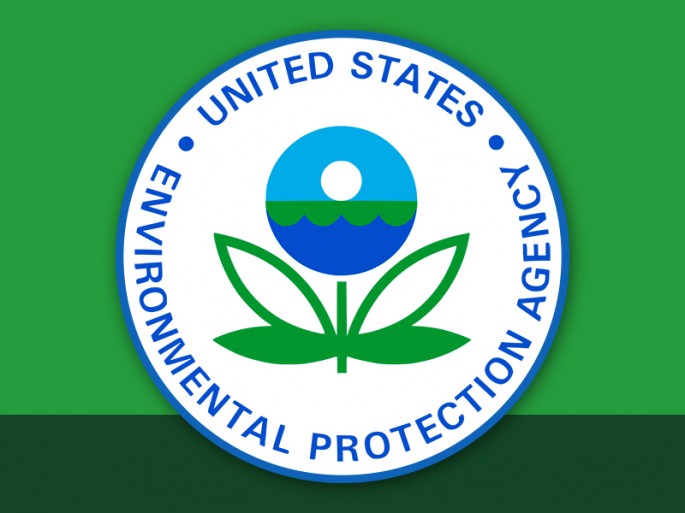The U.S. Environmental Protection Agency’s Office of Underground Storage Tanks (OUST) approved an alternative testing method for containment sumps that is required under the 2015 federal UST regulations. The alternative low liquid level integrity test, developed by the Petroleum Marketers Association of America UST Task Force, significantly reduces reoccurring sump testing compliance costs for tank owners.
The 2015 regulations require liquid testing every three years of all containment sumps used for interstitial monitoring of piping. The original test method cited in the 2015 UST regulations requires sumps to be filled with water above the penetration points in the sump wall. However, the original method is cost-prohibitive for tank owners. Due to the amount of water that is needed to fill each containment sump up to its penetration points, and the costs related to the removal of that volume of water, site operators could have incurred thousands of dollars in compliance costs.
PMAA’s alternative testing method requires that sumps only be filled to the level of a liquid-sensing device equipped with a positive shutdown that is installed below the sump wall’s penetration points.
“This alternative testing method dramatically reduces the amount of water needed to fill the containment sumps,” said Joe O’Brien, Vice President of Marketing for Source North America Corporation. “Under the PMAA’s alternative testing method, operators may not require the services of a pump truck to remove the testing water from the containment area and will realize cost-savings from reduced labor and disposal expenses.”
Additional Clarifications
- OUST also stated that water used for spill bucket and sump testing may be reused by third-party vendors at other sites. This flexibility supports the further reduction of handling and disposal costs of the test liquids.
- Tank owners may utilize leak detectors and annual line tightness testing to meet leak detection requirements if double-walled piping systems using sumps for interstitial monitoring were installed before the date secondary containment for piping was required under OUST regulations. This testing method eliminates the need to test containment sumps via a low-liquid-level integrity test because annual line tests replace interstitial monitoring as the selected method of leak detection.
- OUST approved the use of a liquid level audible alarm as a primary method of overfill protection in situations when removing a fully functional in-tank probe to meet visual inspection requirements would make the probe inoperable.
PMAA said in an announcement that it is working with OUST to develop additional flexibilities that will help tank operators comply with the 2015 UST requirements. Source North America will continue to monitor the situation and report developments as they become available.




